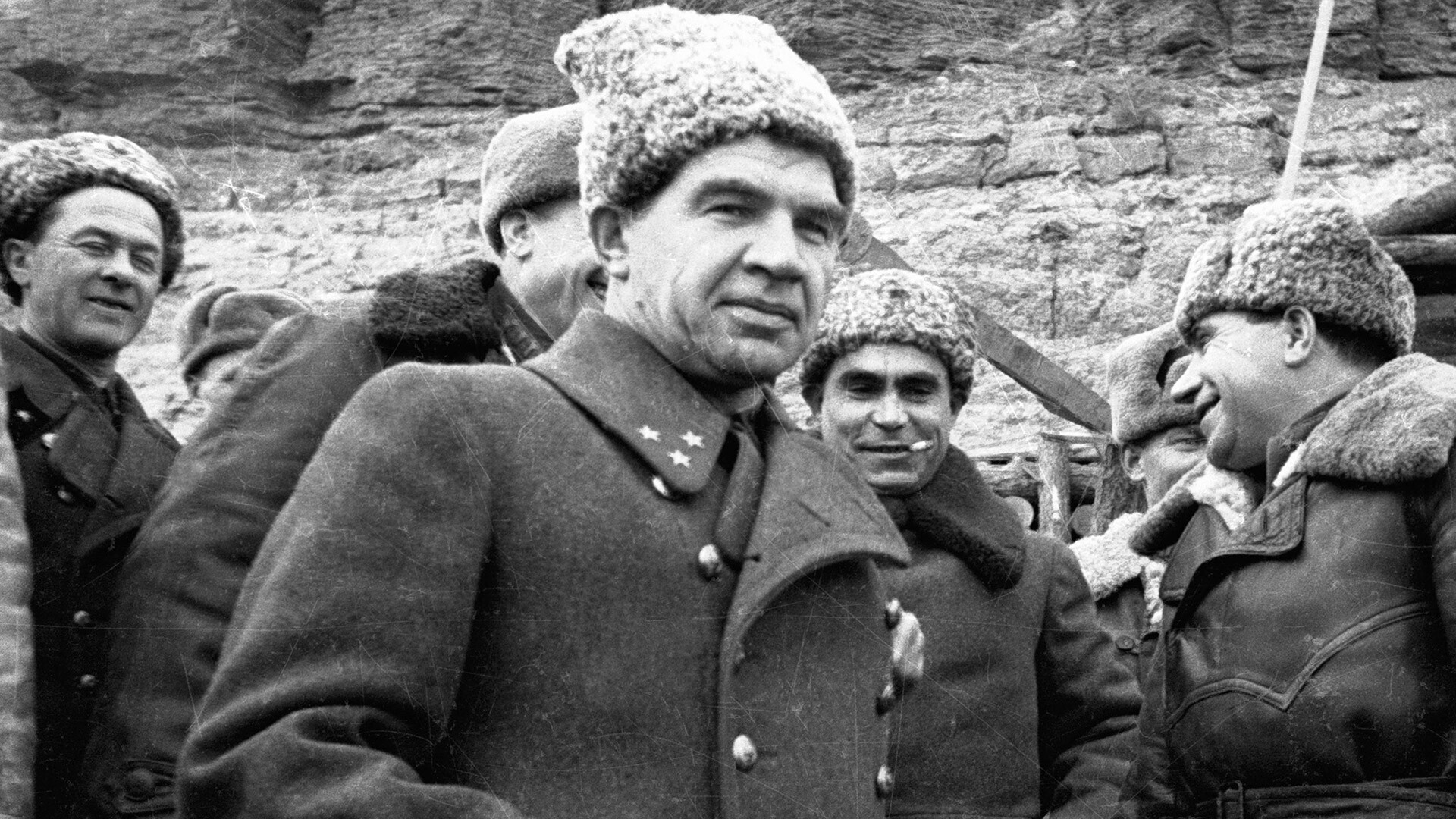
Commander of the 62nd Army Lieutenant-General Vasily Chuikov (center) and members of the Army Military Council in Stalingrad, December, 1942.
Oleg Knorring/Sputnik“Only someone like him was able to stand his ground and hold on to this strip of land. The commander’s courage and self-sacrifice were an example to his subordinates and largely contributed to the determination demonstrated by all the army personnel fighting in the city for the city,” Marshal Konstantin Rokossovsky said about Vasily Ivanovich Chuikov, commander of the 62nd Army, which successfully defended Stalingrad in the fierce and bloody battles of Fall 1942.
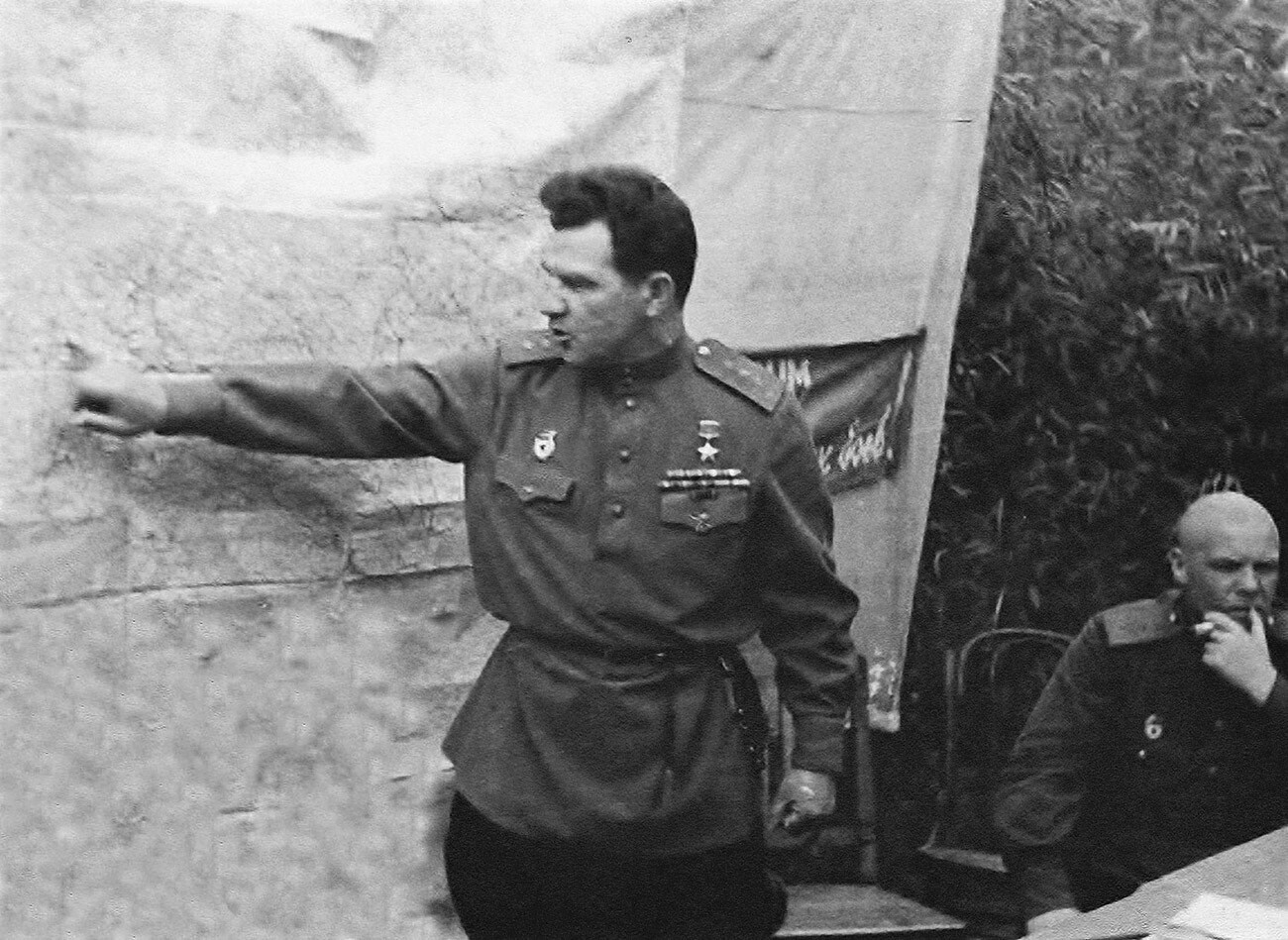
Vasily Chuikov.
The Ministry of Defense of the Russian FederationChuikov’s military career began in 1918 when, at the age of 18, he joined the ranks of the Red Army. He fought on the battlefields of the Civil War in the south, west and east of the country and, at the age of 19, was already appointed commander of a rifle regiment. By 1939, Vasily Ivanovich rose to the position of army commander and took an active part in the 1939-1940 Soviet-Finnish War.
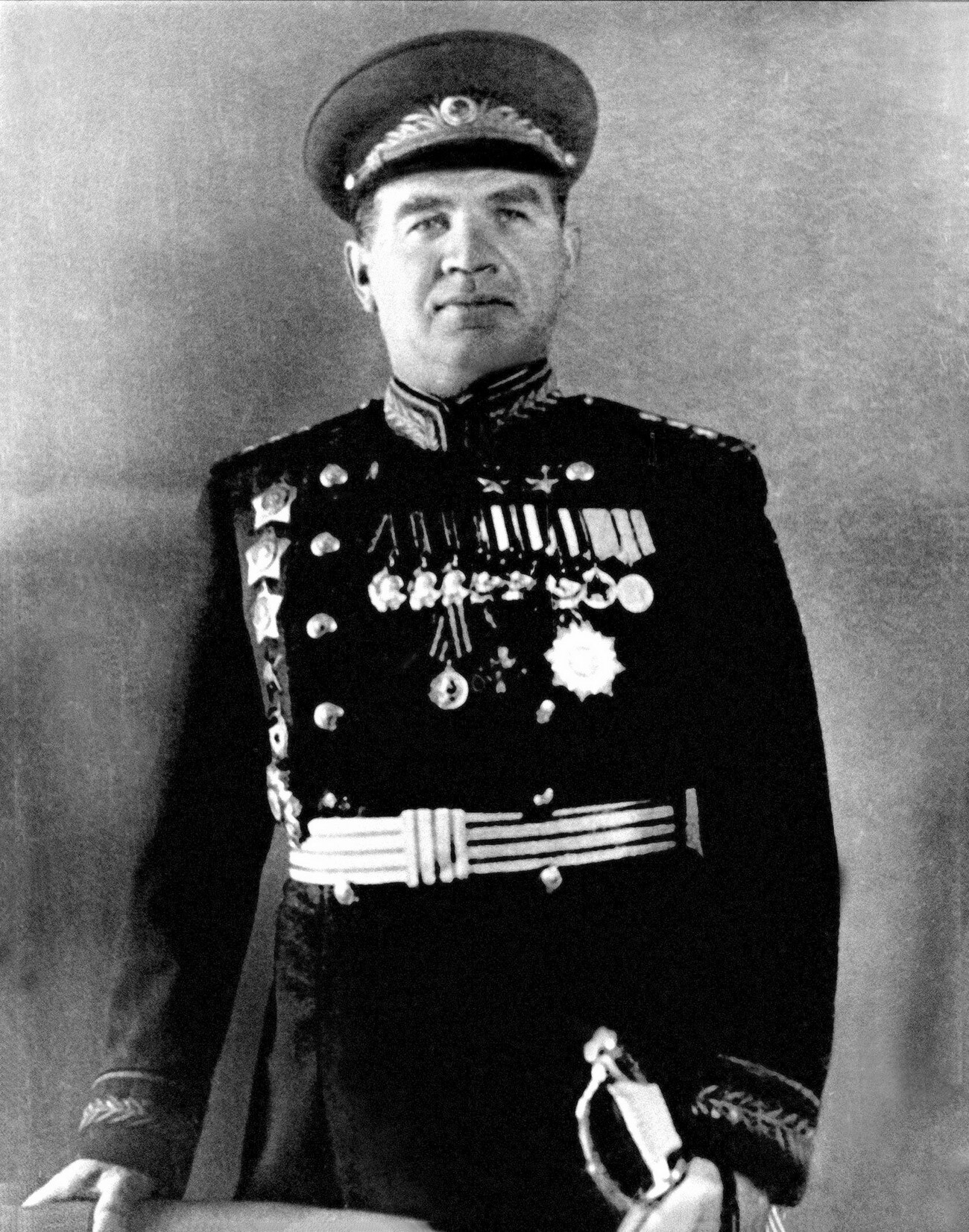
China had a special place in Chuikov’s biography. As early as 1926, after graduating from the RKKA (Workers’ and Peasants’ Red Army) Military Academy (where he studied the Chinese language, among other things), he was sent to the country as a diplomatic courier. In 1940, he returned to China as a military adviser to Chiang Kai-shek to assist the Chinese army in its arduous struggle against the Japanese. When the Wehrmacht invaded the Soviet Union, Vasily Chuikov was still in the Far East. “I was desperate to get to the front line to start fighting our main enemy - fascist Germany - as soon as possible,” the commander was later to recall.In the end, in 1942, the general was finally brought back home - only to discover he had jumped out of the proverbial frying pan and into the fire.
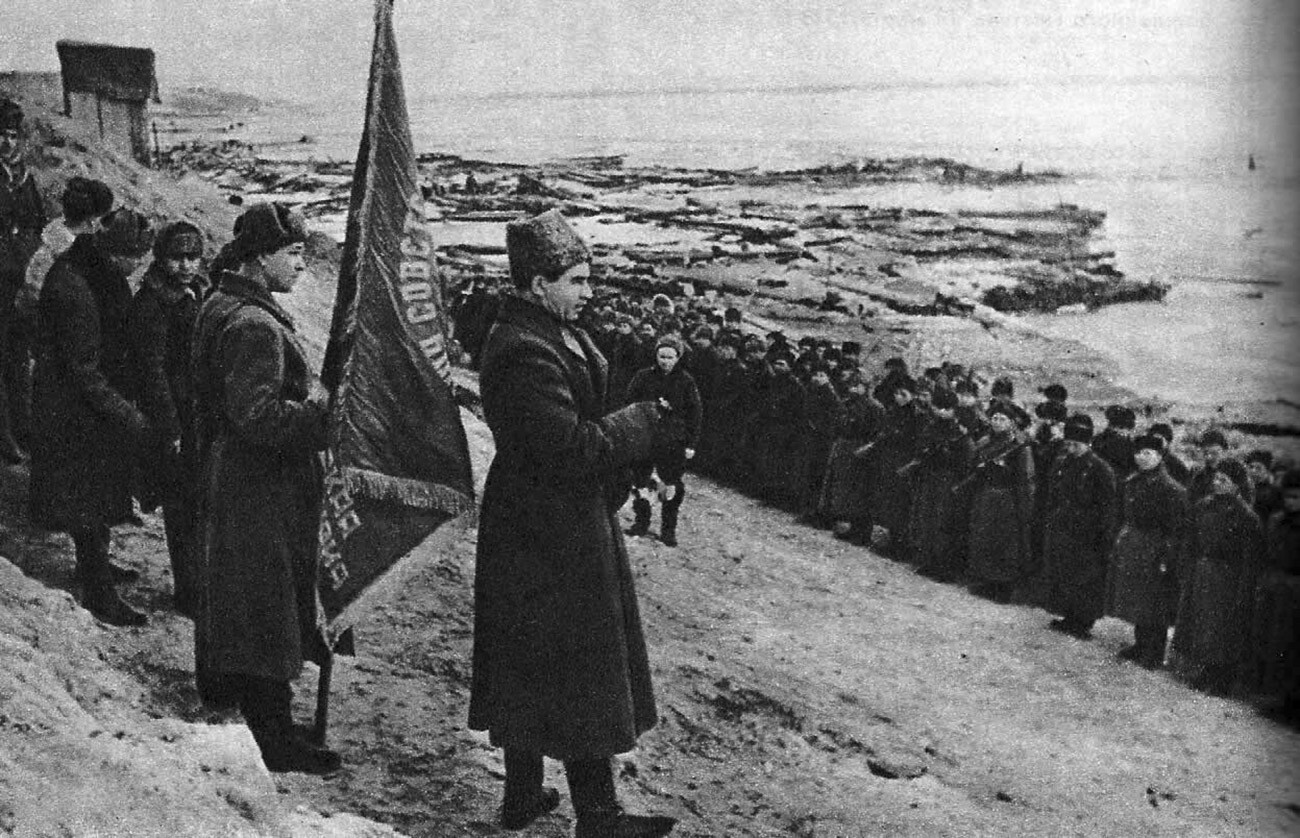
Chuikov awards the 39th Guards Rifle Division in Stalingrad.
Public DomainOn June 28, during ‘Operation Case Blue’, German troops broke through the Red Army’s defenses in the south of the country and embarked on a dash for the rich oilfields of the Caucasus. At the same time, Friedrich Paulus’ 6th Army and Hermann Hoth’s 4th Panzer Army moved towards Stalingrad. By capturing this major industrial center and transport hub on the Volga, the Germans could cut the Caucasus off from the central regions of the USSR, which would have immediately put the country on the brink of disaster.

Chuikov in Stalingrad.
Public DomainOn July 22, Chuikov was assigned the command of the 1st Reserve Army (later redesignated the 64th Army), which encountered the enemy at a bend in the River Don at the distant approaches to Stalingrad. On September 12, Vasily Ivanovich took charge of the 62nd Army, which had to fight within the boundaries of the city itself. Over a period of several months, this large battle-weary strategic formation had had three commanders replaced. The army was retreating under the onslaught of the Germans, who were relentless in their drive to get to the Volga. Bloody battles were taking place literally for every street, building, railway embankment, basement and even pile of ruins. “We were retreating, occupying one building after another and turning them into defensive positions. A soldier would crawl back from an occupied position only when the floor under him was burning and his clothes started smoldering,” the commander recalled.
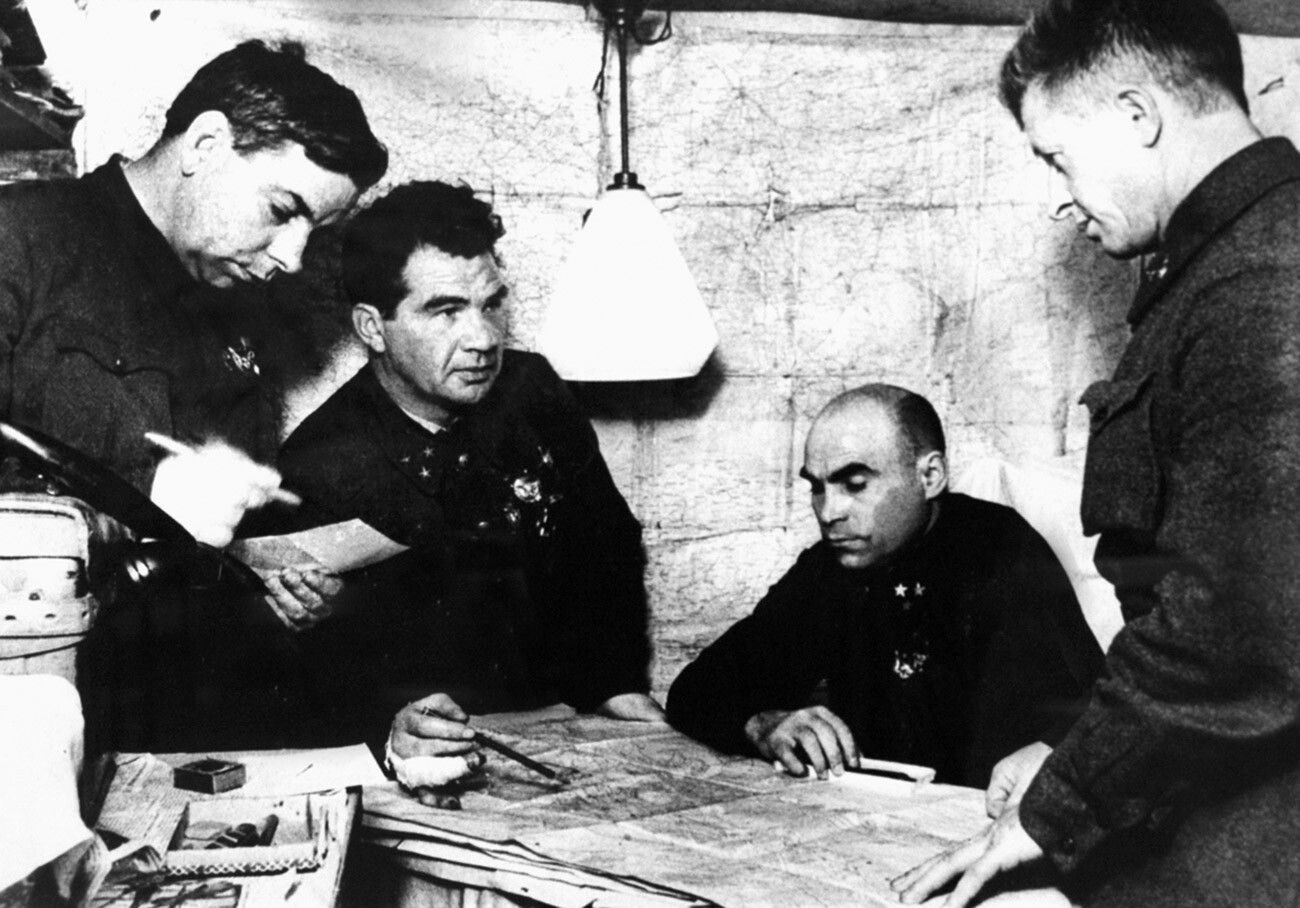
Chuikov and members of the Military Council of the 62nd Army.
The Ministry of Defense of the Russian FederationChuikov decided not to employ units or large subunits for counter-attacks, relying instead on the formation in the regiments of small, but highly mobile storm groups (composed of 20-50 men each). They “burrowed into buildings and into the ground and waited for the fascists to approach within grenade-throwing distance” or they made their way through underground tunnels to the rear of the enemy, striking damaging blows against the foe.
“The storm group tactic is based on rapid action, forceful attack and the far-reaching initiative and audacity of each and every soldier,” Vasily Ivanovich wrote in his memoirs. “Flexibility of tactics is essential for these groups because, having forced their way into a fortified building and finding themselves in a maze of rooms occupied by the enemy, they encounter a great number of unexpected situations. An unyielding rule comes into play here: make sure you give yourself room to maneuver! Danger lies in wait [for the soldier] at every step. No matter - a grenade into each corner of the room and move on! A burst from your assault rifle at the remains of the ceiling; and, if that’s not enough - toss a grenade and move on again! Another room - throw a grenade! A blind corner ahead - another grenade! Rake it with your assault rifle! And don’t hang around!”
In order to deprive the Germans of the ability to use their artillery and aviation effectively, Chuikov’s troops were deployed in direct proximity to the enemy positions. The general’s own HQ was located almost on the front line and he categorically refused to evacuate to the other side of the Volga. On October 14, the Germans launched a successful breakout and found themselves just 300 meters away from the Soviet HQ. The company assigned to the HQ’s protection had to join in the fighting. “If the enemy had approached any closer, we would have had to fight off the German tanks ourselves,” noted Vasily Ivanovich.

Vasily Chuikov tests Vasily Zaitsev's sniper rifle.
Georgy Zelma/SputnikBy the beginning of November, the 62nd Army, pinned against the Volga, held only one-tenth of the city: This comprised the area north of the Stalingrad Tractor Factory, the Barrikady Arms Factory housing estate, individual production facilities of the Red October Steel Factory and several neighborhoods of the city. Despite the defenders’ difficult predicament, the German plans were thwarted. Friedrich Paulus’ 6th Army got completely bogged down in Stalingrad, unable to break the Soviet defenses before the onset of the frosts. While Chuikov’s troops tied up the enemy in attritional street fighting, the Red Army built up its reserves and, on November 19, launched the strategic offensive operation codenamed ‘Operation Uranus’, which culminated in the full encirclement of the German grouping.
In early 1943, the 62nd Army took part in mopping up the remnants of the encircled enemy in ‘Operation Ring’. Subsequently, after being renamed the 8th Guards Army, it participated in the liberation of Ukraine and Poland under Chuikov’s command and completed its glorious combat path in Berlin. Nicknamed ‘General Storm’, Vasily Chuikov held a number of senior posts after the war, including commander-in-chief of Soviet troops in Germany and commander-in-chief of USSR Ground Forces.
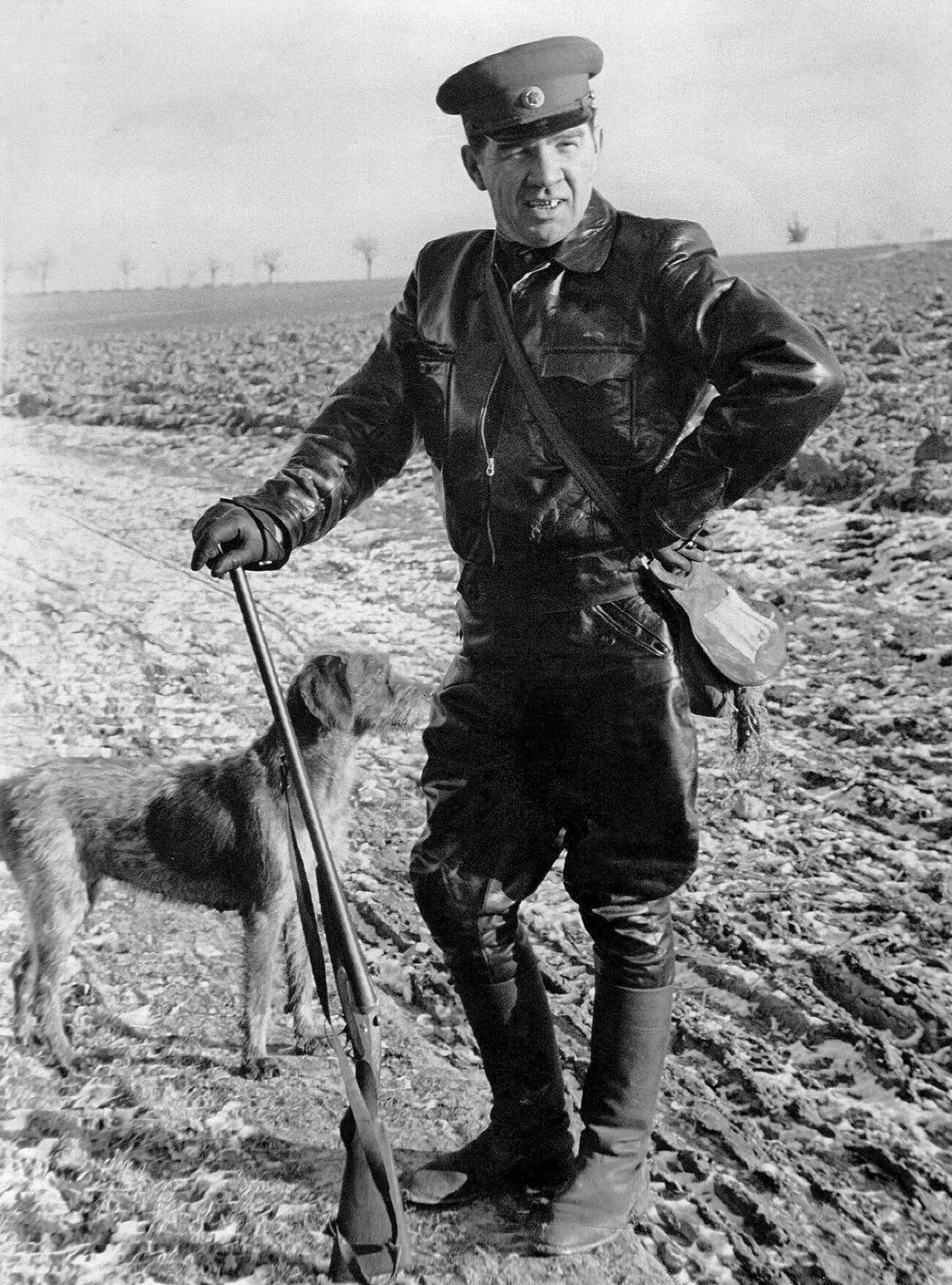
In 1981, not long before his death, Vasily Ivanovich made a request to Leonid Brezhnev, then general secretary of the CPSU Central Committee, to be buried at Mamayev Kurgan in Volgograd (as Stalingrad had been renamed since 1961). The hill was the location of fierce fighting and a large-scale memorial complex was erected there after the war. “From this spot, one hears the roar of the Volga waters and the volley of guns and one feels the agony of the ruins of Stalingrad; thousands of the soldiers that I commanded are buried there…” Chuikov wrote to the Soviet leader. The commander’s request was granted.
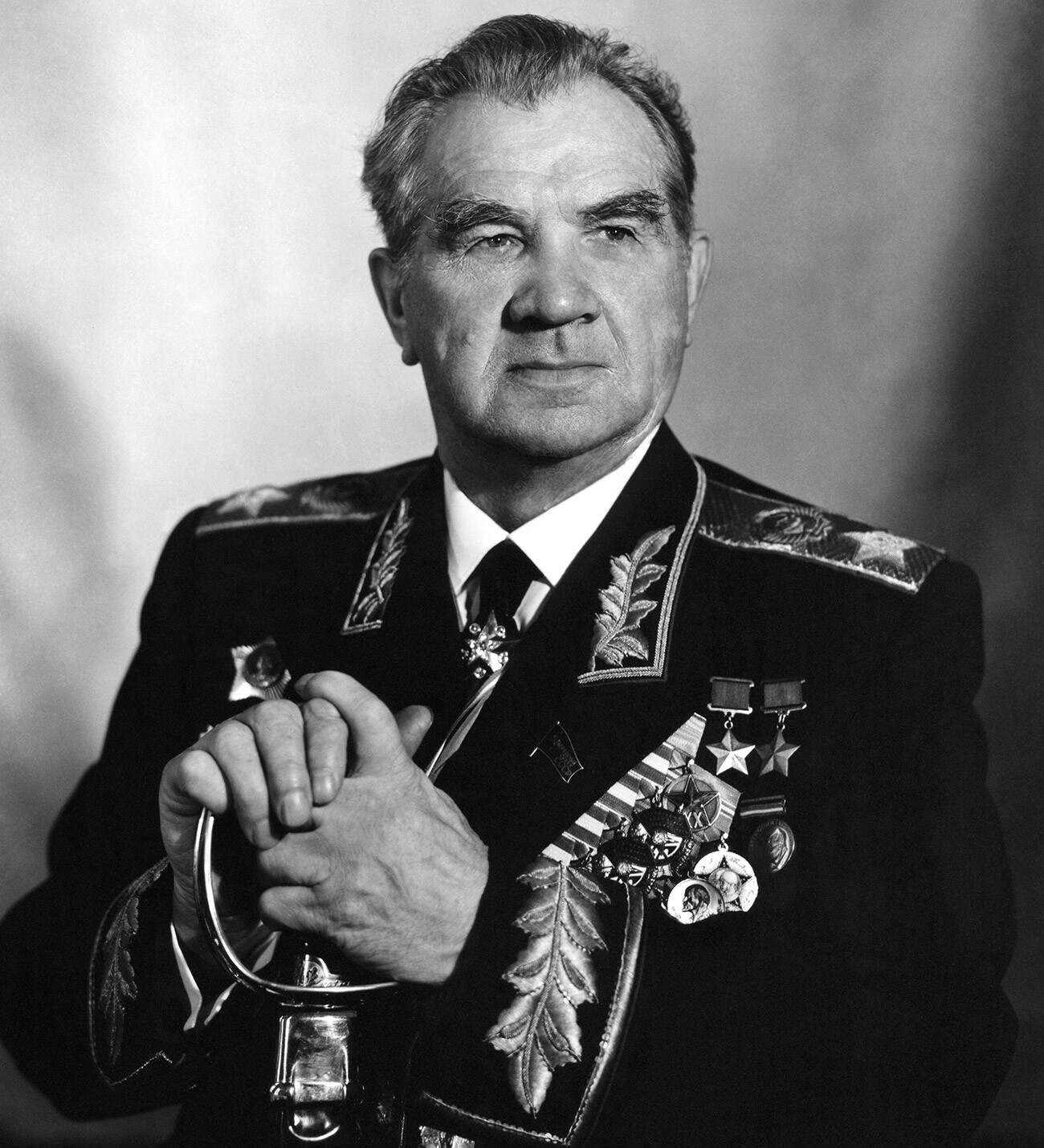
If using any of Russia Beyond's content, partly or in full, always provide an active hyperlink to the original material.
Subscribe
to our newsletter!
Get the week's best stories straight to your inbox